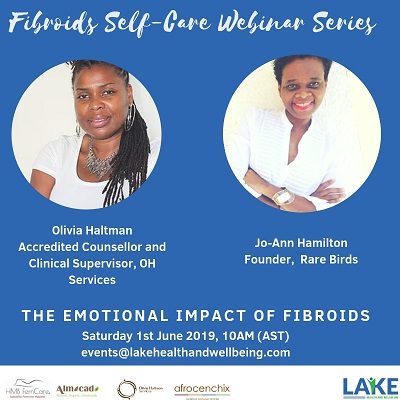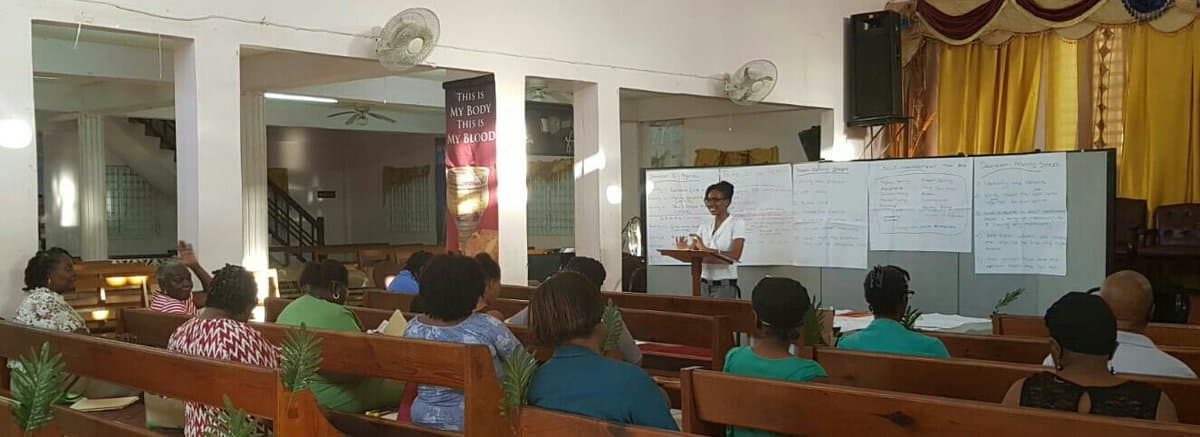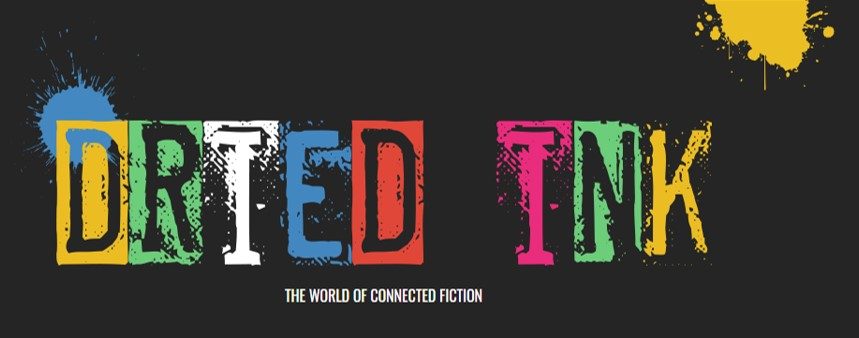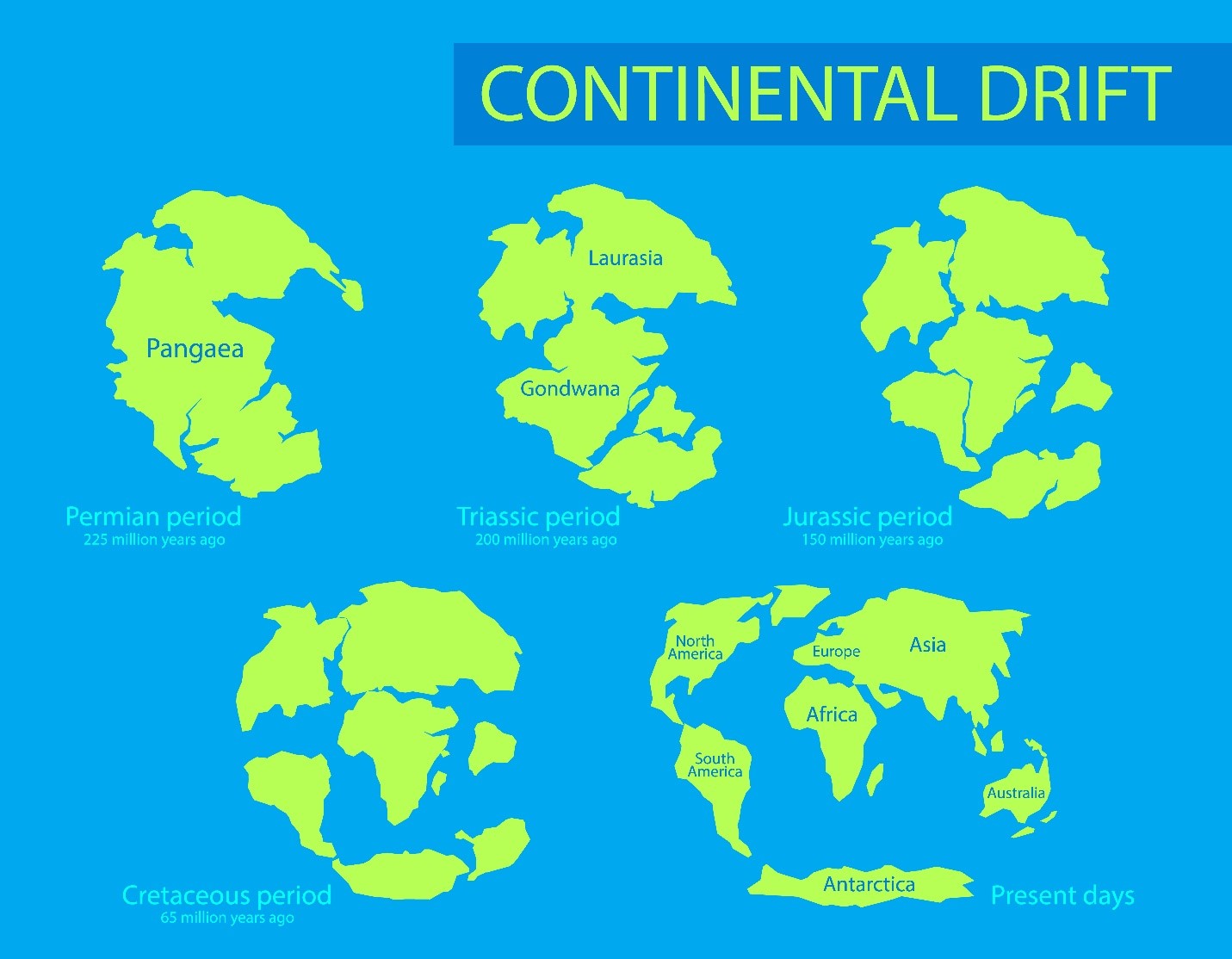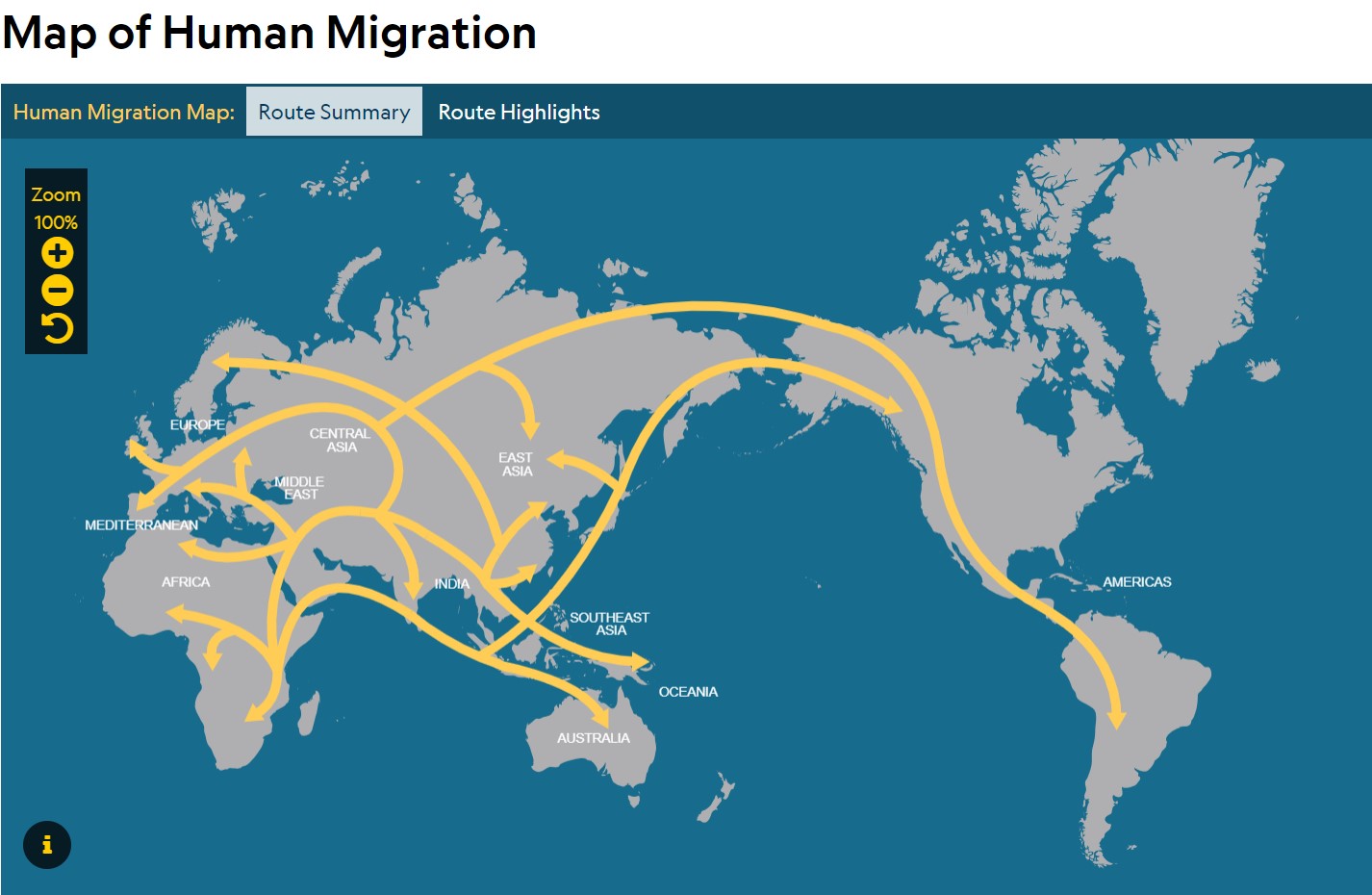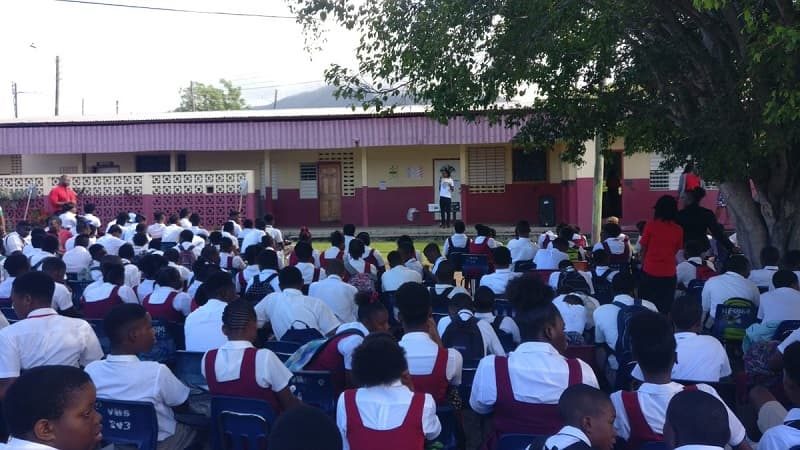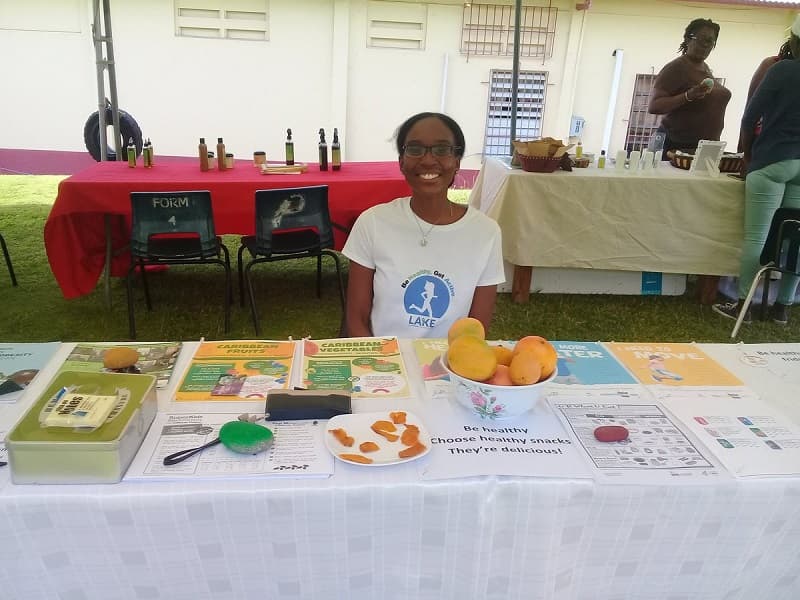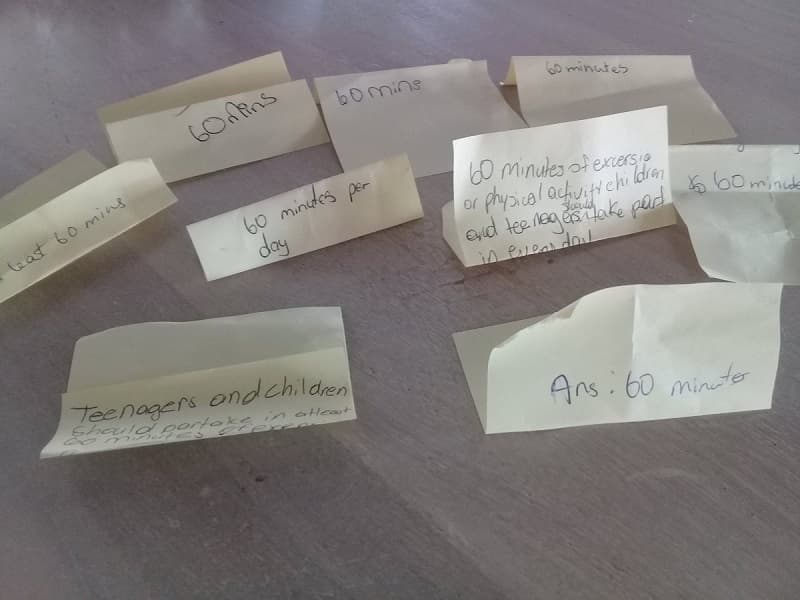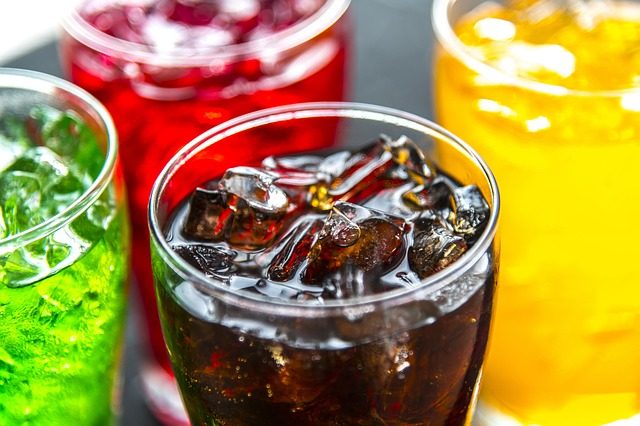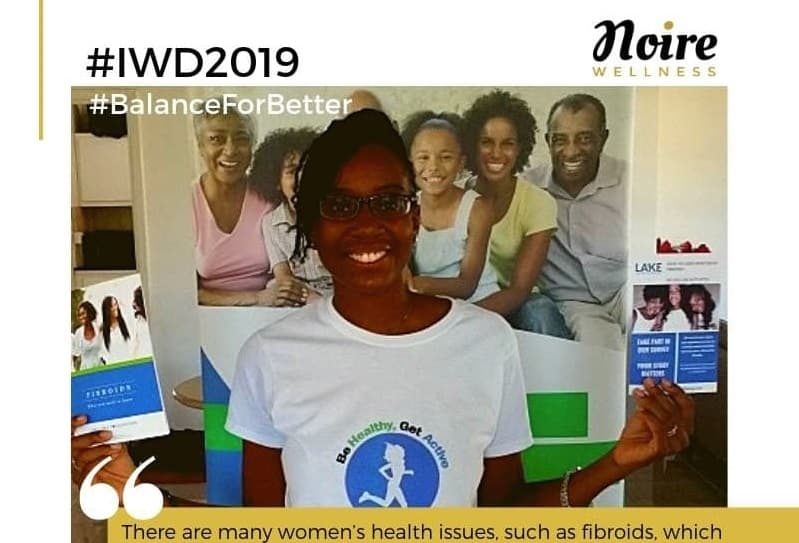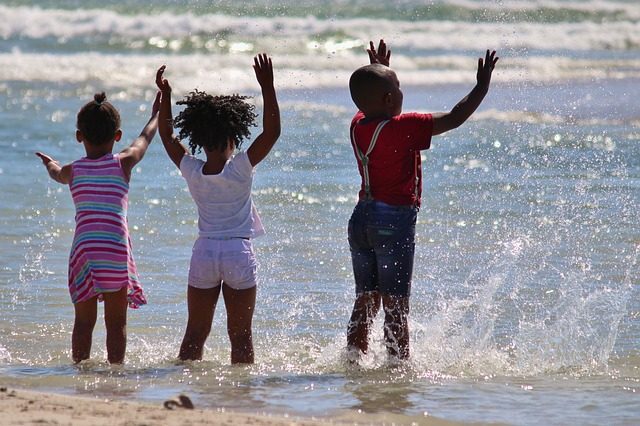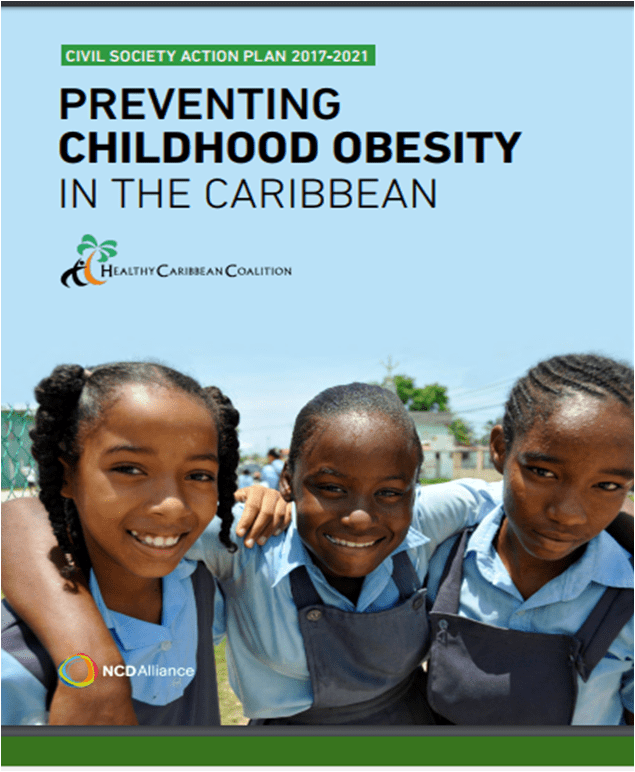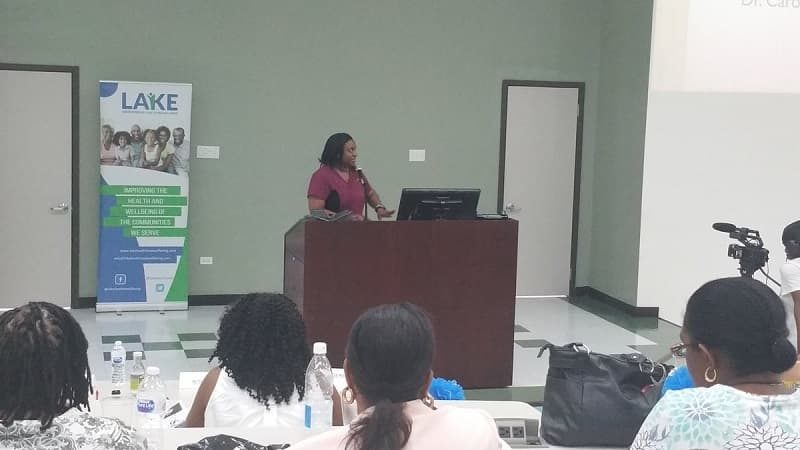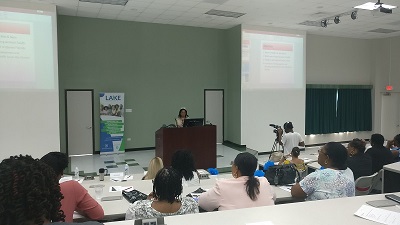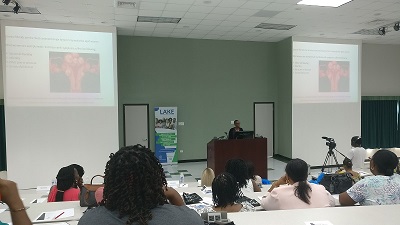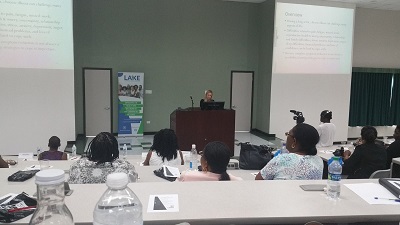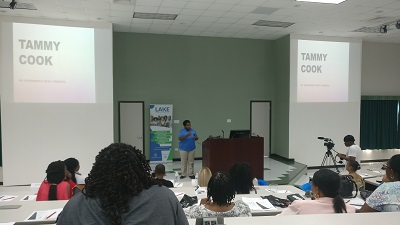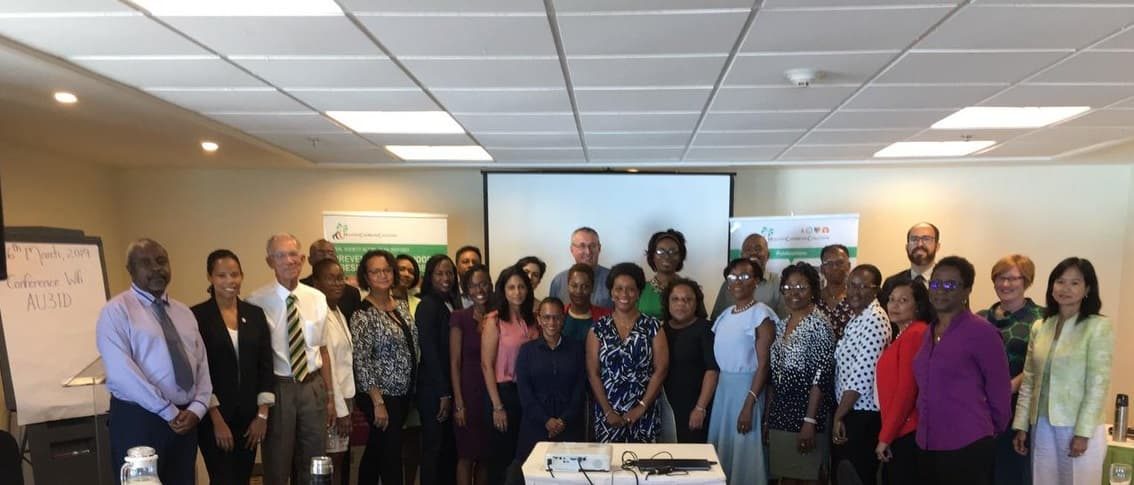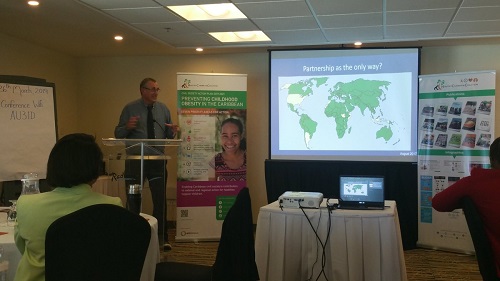Organisations From Across the World Call For A Greater Focus on Fibroids
For Immediate Release
24th June 2019
Organisations from the Caribbean, US, UK and France have joined forces to launch a global campaign calling for a greater focus on fibroids.
The campaign highlights the need for a global change where all stakeholders (healthcare professionals, women and their families) are better informed about fibroids so they are empowered to take action to improve the health and wellbeing of the many women affected by this condition.
Specifically, organisers are calling for a greater awareness of:
- The symptoms of fibroids to facilitate an early and accurate diagnosis;
- All the treatment options available so that women can make an informed decision about the treatment that best suits their situation; and
- What actions women with fibroids can take to improve both their physical, mental and spiritual wellbeing
Fibroids are non-cancerous growths that develop in or on the outer surface of the womb affecting an estimated 171 million women worldwide in 2013 and, in 2010, fibroids were estimated to cost the health sector in Europe €163 Million.1,2
Despite being very common it has been shown that there is a low level of awareness of fibroids and women don’t feel equipped to make an informed decision about their treatment3,6.
Studies have also shown that fibroids are more common in black women with an estimated 80% of black women being affected4. In addition, black women are known to develop fibroids at a younger age, are more likely to develop larger, multiple fibroids, and tend to develop more severe symptoms5. The reason for this is unknown, but it is thought to be a combination of genetic, environmental and lifestyle factors. Compounded experiences of racism and internalised racism are also seen to be contributory factors.
Fibroids tend to be overlooked because they are not life-threatening, but fibroids can significantly affect a woman’s quality of life leading to both physical and psychosocial effects. It’s important that a greater focus is placed on fibroids to ensure that more research is conducted to fully understand this important women’s health issue, and to ensure that more support and information is available that empowers all women with fibroids.
Julia Mandeville, Public Health and Advocacy Manager, Barbados Association of Endometriosis and P.C.O.S explained that:
“Women’s health has not received the level of attention warranted. We stand now, as a collective, understanding that the gaps in women’s health care can lead to significant public health problems if left unaddressed. One such problem is the lack of awareness and education surrounding menstruation and menstrual health disorders which research has shown, negatively impacts the psychological, physical, social and financial wellbeing of those diagnosed with these conditions. Thus, it is critical that women and girls are equipped with relevant, evidence-based information to become more competent and confident advocates of their health, and obtain the resources and treatments needed to improve their health-related quality of life.”
Abi Begho, Founder of Lake Health and Wellbeing, based in St Kitts and Nevis said:
“For too long women with fibroids have been neglected and it’s time for society to step up and address this. We need to ensure that women with fibroids have easy access to accurate information, appropriate support and a high standard of care to improve their wellbeing.”
Whilst Dr Sydney Dillard, Associate Professor at Du Paul University stated:
“Throughout the world fibroids tend to be trivialised without a real appreciation for the way fibroids can impact a women’s quality of life. The impact is wide-reaching affecting women’s physical health, mental wellbeing, relationships and creating challenges in the work environment. By everyone being better informed we can ensure early diagnosis; prompt, appropriate treatment and the chance to adequately address the psychosocial impact of fibroids.”
The organisers behind this campaign are encouraging women to access more information by visiting the campaign page and to contact the organisations in their region if they would like further support.
Ends
Notes to Editors
This is a joint campaign of the following organisations who raise awareness, provide information and support to those who have been affected by fibroids and advocate on behalf of women to improve the quality of care.
Barbados Association of Endometriosis and PCOS – The Barbados Association of Endometriosis and PCOS is a registered non-profit organization in Barbados which seeks to educate citizens and advocate for those who have Endometriosis, Polycystic Ovarian Syndrome and other pelvic conditions (including Uterine Fibroids).
Website: http://endoandpcosbb.com/
Email: julia.mandeville@endoandpcosbb.com
CARE About Fibroids – CARE About Fibroids is a Washington, DC-based non-profit whose mission is to elevate uterine fibroids as a women’s health issue and drive change. Bringing together many of the nation’s most respected women’s health advocacy and policy-focused organizations to advance solutions, CARE About Fibroids is a catalyst for increased awareness, research and education about uterine fibroids, leading to earlier diagnosis and improved treatment.
Website: http://www.careaboutfibroids.org
Contact: http://www.careaboutfibroids.org/contact.html
Fibroid Awareness Trinidad and Tobago – is a registered NGO based in Trinidad and Tobago that focuses on educating and empowering girls and women through advocacy and driving awareness on fibroids and other issues of the uterus.
Website: https://www.ttconfidenceproject.org/
Email address: factt2014@gmail.com
Fibrome Info France – Fibrome Info France is the first patient association in France that informs, educates and supports women with uterine fibroids. The association was born out of the lack of information and awareness on this disease which affects 30 to 60% of women of childbearing age and is the main cause of removal of the uterus in France. Fibrome Info France has a triple mission:
- Information and awareness on uterine fibroids
- The support of women with fibroids in the care process
- The implementation of actions to improve the management of fibroids
Website http://fibrome-info-france.org/
Email address: contact@fibrome-info-france.org
KMT Rising – KMT Rising is a UK-based organisation that is dedicated to the optimum health and wellness of all women around the globe; ensuring that their personal, emotional and health-related needs are catered for through a range of bespoke holistic packages. They also provide very unique Fibroid products on sale internationally:
- Fibroid Assessment Check List
- So you have Fibroids – Next steps guide
- Get yourself checked for Fibroids guide
Website: https://www.kmtrising.com/
Email address: kmtrisingltd@gmail.com
Lake Health and Wellbeing – Lake Health and Wellbeing is based in St Kitts and Nevis and aims to improve the health and wellbeing of their local, regional and online community through health promotion, public health interventions, conducting research and offering information and support to those with concerns about their health. They have a fibroids information and support program which consists of events, publications, campaigns and more.
Website: www.lakehealthandwellbeing.com
Email address: info@lakehealthandwellbeing.com
Noire Wellness – Noire Wellness is a UK-based organisation that takes a public health and wellbeing approach to reducing health inequalities through culturally sensitive interventions
Website: www.noirewellness.com
Email address: info@noirewellness.com
OH Counselling Services – OH Counselling Services is a UK-based organisation that provides one-to-one Counselling, EMDR Therapy, Group Therapies, Workshops and Seminars. Their services are offered to adults, young people and all groups from different backgrounds and walks of life.
Website https://www.ohcounsellingservices.com
Email address: ohservices@counsellor.com
The Fibroid Forum – The Fibroid Forum is UK-based and raises awareness, shares information, promotes women’s wellness and supports fibroid sufferers
Email address: thefibroidforum@gmail.com
References
- Theo, V., et al. (2015). Global, regional, and national incidence, prevalence, and years lived with disability for 301 acute and chronic diseases and injuries in 188 countries, 1990–2013: a systematic analysis for the Global Burden of Disease Study 2013. Lancet 386 (9995), pp. 743-800
- Hunt, P., Sathyanarayana, S., Fowler, P. and Trasande, L. (2016). Female Reproductive Disorders, Diseases, and Costs of Exposure to Endocrine Disrupting Chemicals in the European Union. The Journal of Clinical Endocrinology & Metabolism, 101(4), pp.1562-1570.
- Lake Health and Wellbeing (formerly known as The Lake Foundation), (2014). Understanding the Needs of Women With Fibroids.
- Wise, L. and Laughlin-Tommaso, S. (2016). Epidemiology of Uterine Fibroids. Clinical Obstetrics and Gynecology, 59(1), pp.2-24.
- Radmila S., et al. (2016). Epidemiology of Uterine Myomas: A Review. Int J Fertil Steril, Volume 9 (4), pp. 424.
- All-Party Parliamentary Group of Women’s Health, (2017). Informed Choice? Giving Women Control of Their Healthcare.








